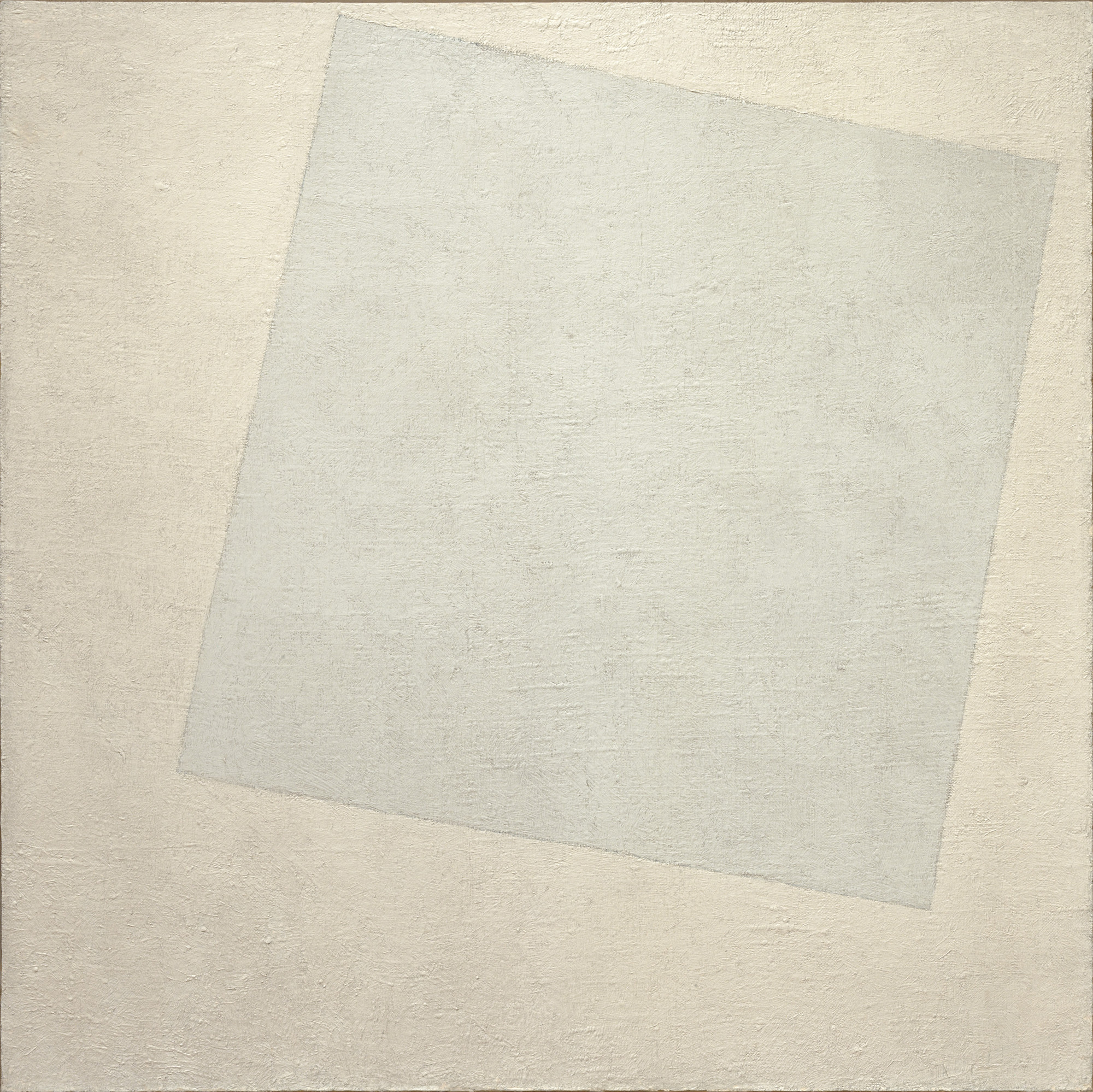ABAAD
"A victory for women's dignity"
With its campaign “A white dress doesn’t cover a rape”, the MENA non-profit organization ABAAD succeeded in attracting a great deal of attention concerning the rights of women and girls and achieved a change in the law regarding Article 522 of the Lebanese penal code that allowed for halting the prosecution or suspending the conviction of a person who had committed rape, kidnapping, or statutory rape if he married the victim.
ABAAD’s initiatives included several demonstrations with women dressed in snow-white bridal gowns and bandages stained with blood to show how “a wedding can neither erase nor conceal the crime committed”.
This is a perfect example of a manifesto addressed to the public raising awareness to a certain subject.
Source: https://www.diakonia.se/en/Info/News--Publications/Latest-news/a-victory-for-womens-dignity/

BRUCE MAU DESIGN
"KNOW CANADA"
In 2012, Bruce Mau Design set out to rethink how Canada appears in the world. The "Know Canada" campaign was based on freeing Canada of any stereotypes and highlighting the country's dynamic creativity, resources and people. The artist created a visual language that consists of two red bars on each side of the Canadian flag on pictures and videos highlighting the "Real Canada"
This shows that very simple and effective ideas do not need to be complex, like white space.
Source: http://www.brucemaudesign.com/work/know-canada


ANONYMOUS
"ACTIVATE EMPTY SPACE"
In this example, a communication is created between all three designs thanks to the empty space used, taking into consideration the little of white space used.
Source: https://99designs.co.uk/blog/tips/how-to-use-space-more-effectively-graphic-design/
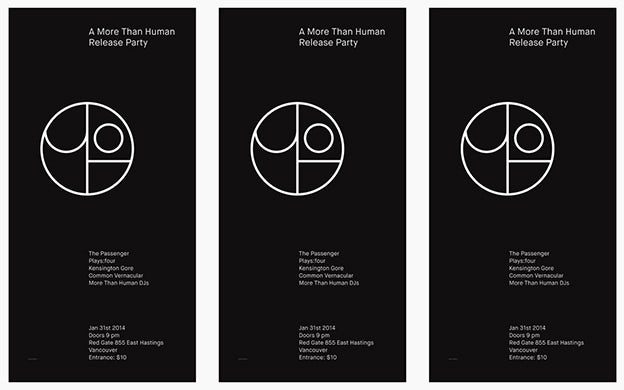
ABAAD
"SHAME ON WHO?"
ABAAD, launched the “Shame On Who?” nationwide campaign.
During the last couple of days, citizens received a message on their phones saying “Min El Felten” which translates to “shame on who?” Social media platforms were ignited with people posting screenshots of the messages and wondering what the purpose behind them was.
However, the message was a hint of Abaad’s new campaign against rape in Lebanon.
The aim of this campaign is to press for tougher sanctions, to accelerate trials against rapists in cases of sexual violence and rape in particular, and to change social perceptions that stigmatize and shame female rape victims. It also aims to create a supportive public opinion that condemns the act of rape as a crime punishable by a deterrent punishment.
Source: https://en.annahar.com/article/893275-naya-abaad-launches-campaign-shame-on-who-against-rapists
VIDEO: https://youtu.be/c93hSKth548

JUNYA ISHIGAMI
Architect Junya Ishigami is known for his exceptionally delicate buildings, landscape, installations, and furniture. His work present us with possibilities of architecture beyond what we unconsciously accept as prerequisite. One such work is “table” so thin that it wobbles.
The simplicity in his work makes us rethink about the concept of white space and how much its needed in our generation.
Source: https://www.japlusu.com/news/junya-ishigami-how-small-how-vast-how-architecture-grows

ANTHONY McCALL
"FACE TO FACE"
The artist works with light and explores new possibilities by working with minimal tools.
He believes that "less is more" which makes me think about white space and how sometimes including large white space can mean so much more than a busy artwork with no glimpse of white space.
Source: https://champ-magazine.com/art/anthony-mccall-solid-light-works/
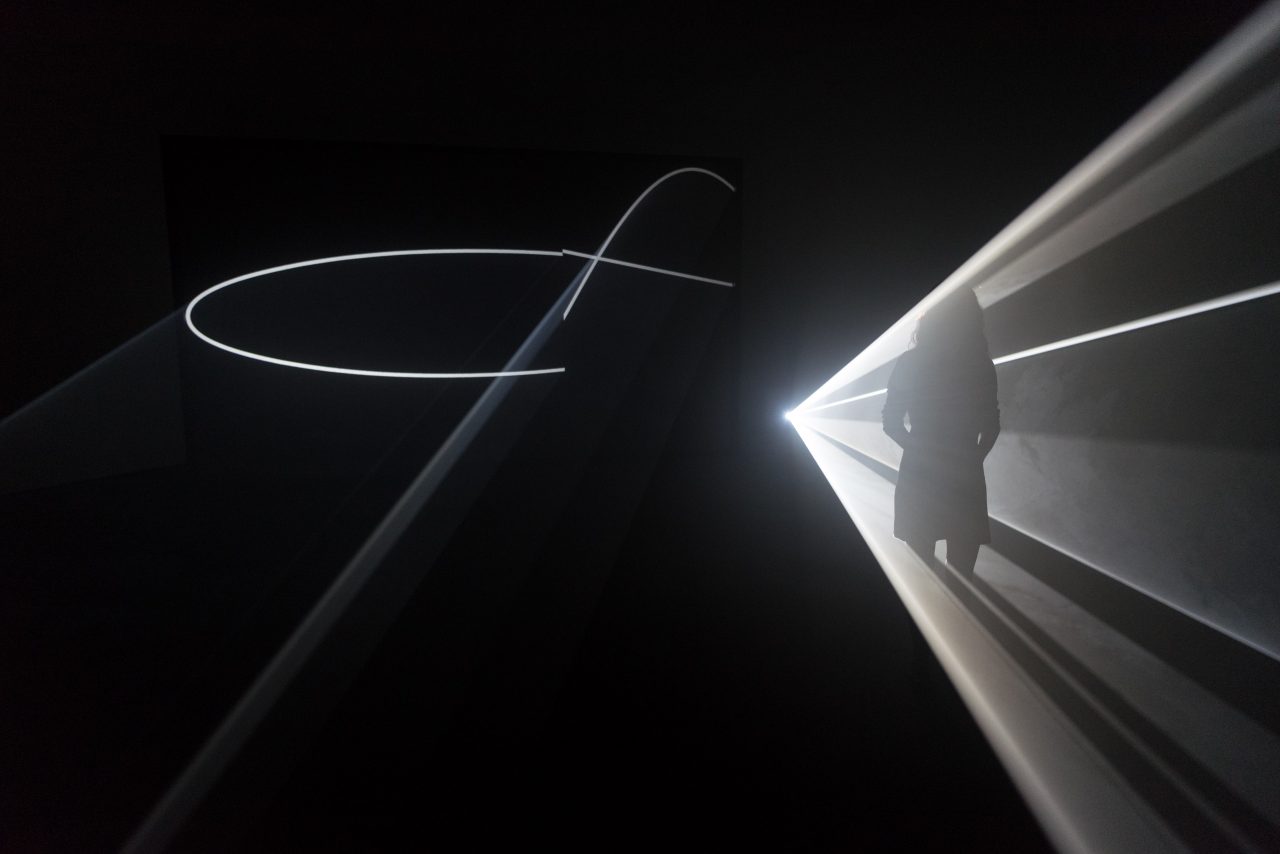
ROBERT RYMAN
"LEDGER"
In this painting, the american painter gives attention to white whereas it is the only color he uses because he sees it as a less emotionally charged color than others. His work focuses more on texture, grain and luminosity.
This is a great example of the use of white space in art.
Source: https://www.tate.org.uk/art/artworks/ryman-ledger-t03550

MNUEL READER
Manuel Raeder uses typography and images in his work to present information in a way that is not determined by its design, but remains open towards multiple readings. White space is essential in his work whereas it keeps his work open for interpretation and does not limit it to a certain perception.
Source: https://www.arcademi.com/studio-manuel-raeder/
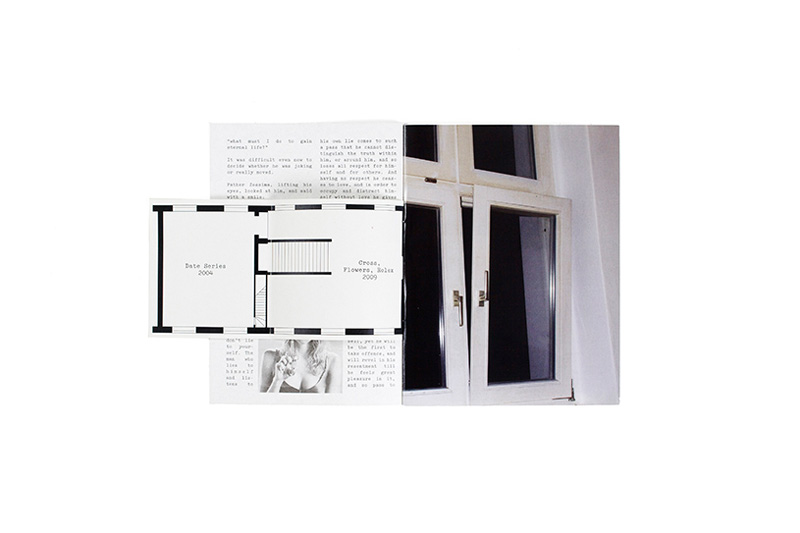

FELIX GANZALES TORRES
"UNTITLED"
Felix Gonzalez-Torres's stacks of imprinted paper, electric light strings, and candy spills—which he arranged in corners and across floors—are subversive re-articulations of Minimalism's nonrepresentational aesthetic. While recalling Carl Andre's metal carpets and Donald Judd's sequenced boxes, they undermine the supposed neutrality of such work. Gonzalez-Torres reintroduced what had been sublimated in much Modernist art—desire, loss, vulnerability, and anger—with a potent but quiet poignancy through texts inscribed on giveaway paper sheets and subtitles appended to "untitled" works. Free for the taking and replaceable, his perpetually shrinking and swelling sculptures defy the macho solidity of Minimalist form, while playfully expanding upon the seriality of the genre and the quotidian nature of its materials.
Source: http://pastexhibitions.guggenheim.org/singular_forms/highlights_13a.html
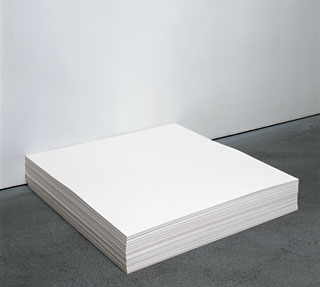
KAZIMIR MALEVICH
"WHITE ON WHITE", 1918
The artist uses only white for this piece but subtle variations of white.
In addition, the outline is imprecise which generates a feeling of infinite space rather than definite borders.
The artist describes this piece as being "Supermatist"
Source: https://www.moma.org/collection/works/80385
